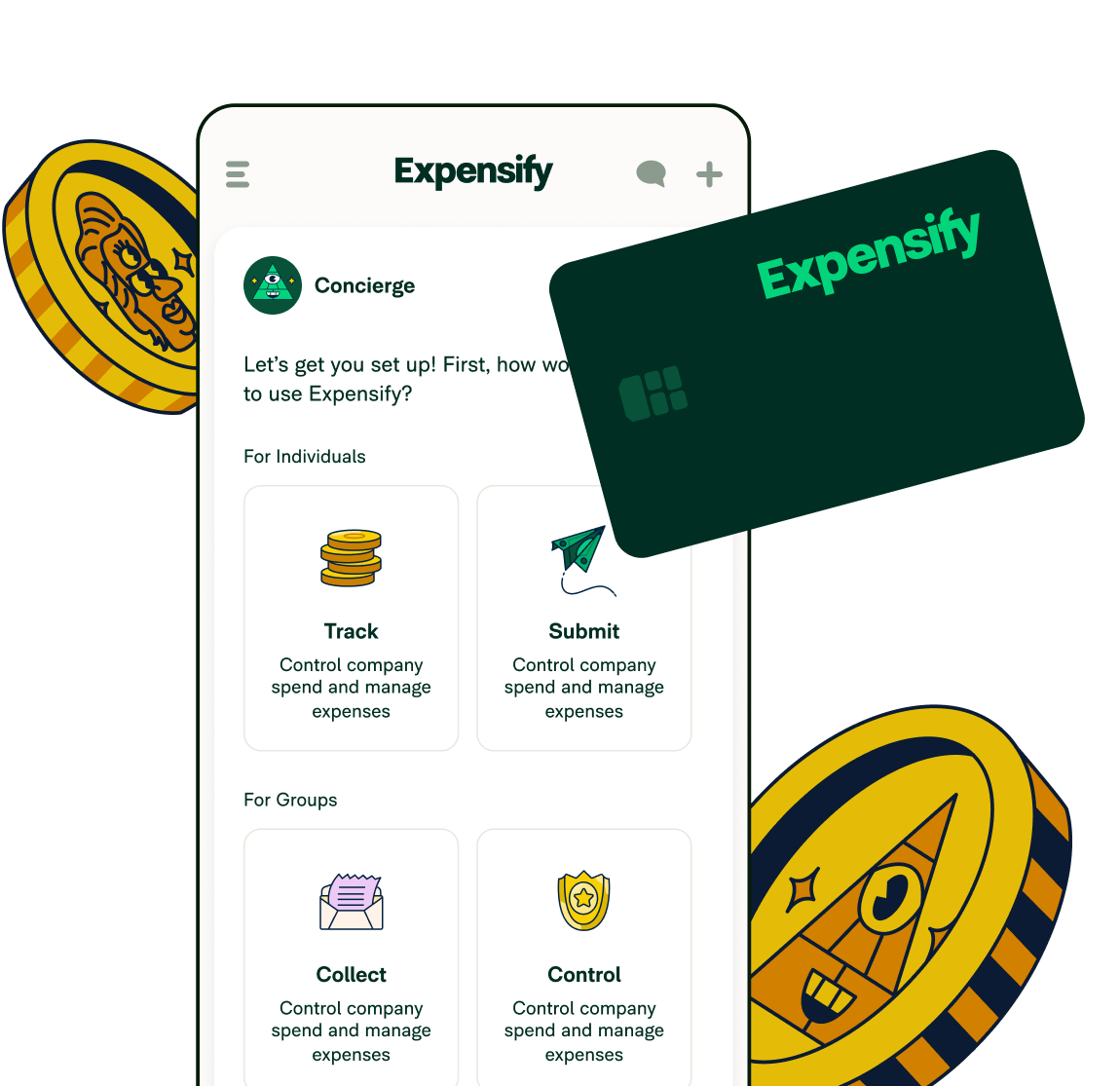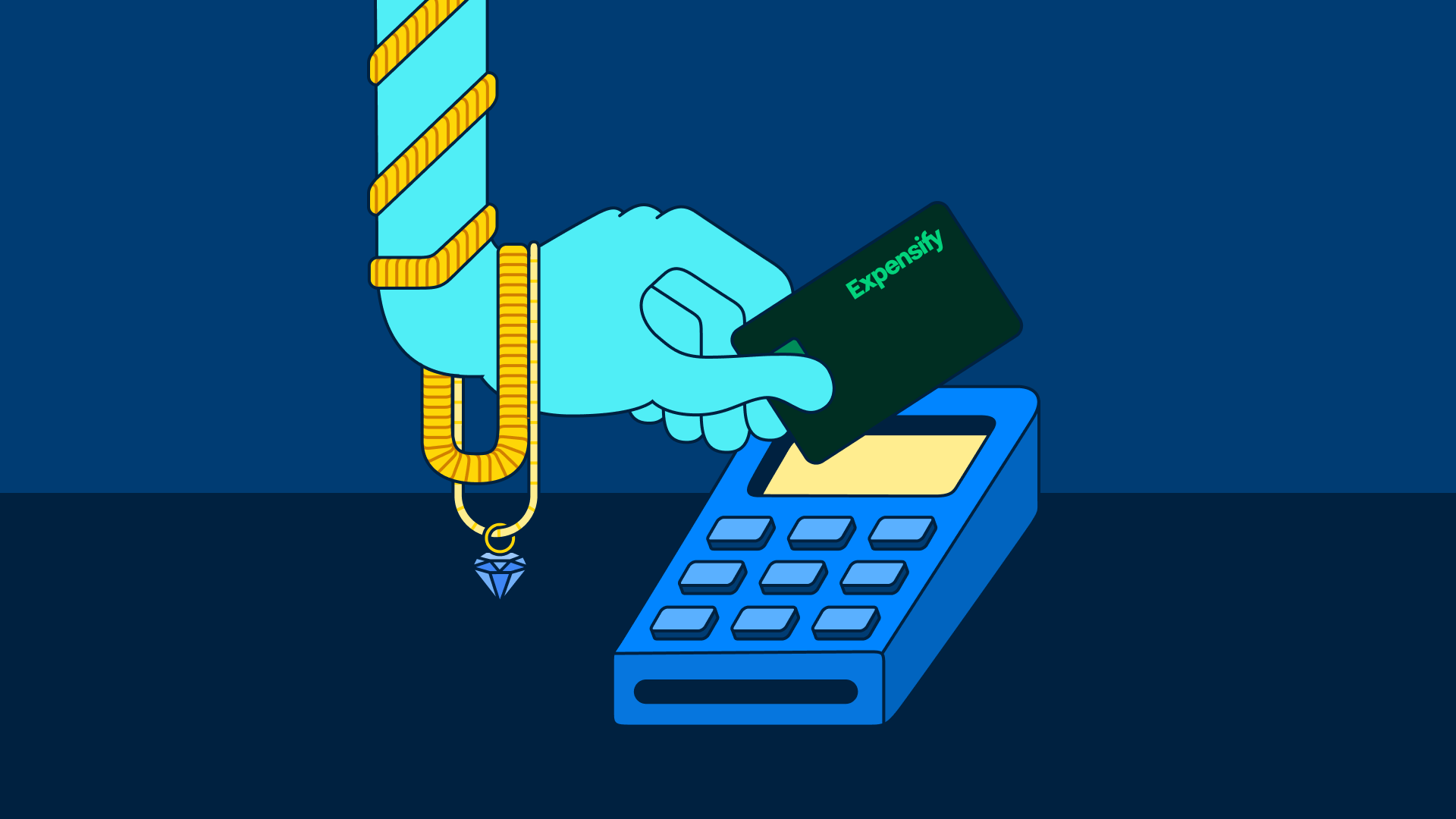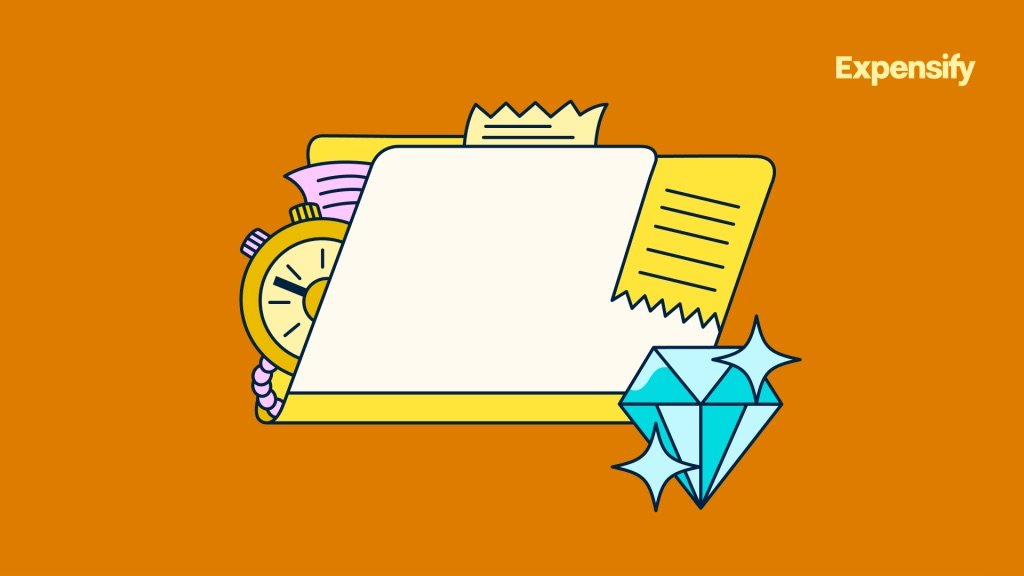Credit card reconciliation: Your business’s complete guide

Corporate cards are indispensable when running a business — but so is keeping tabs on those business expenses. That's where credit card reconciliation comes in. Reconciling credit cards isn’t just about balancing numbers; it’s about unlocking insights into your spending and keeping your financials spotless.
Whether you're a small business owner or managing a finance team, our handy guide demystifies credit card reconciliation. We’ll ensure you're well-equipped to tackle this task with confidence and ease.
Key takeaways
- Reconcile regularly — monthly (or more often) checks help catch errors and fraud early
- Clear policies matter — set timelines, ownership, and approval rules to keep reconciliation smooth
- Automation saves time — Expensify auto-imports transactions, matches receipts, and syncs with your accounting tools
- Stay ahead of challenges — with SmartScan, reminders, and anomaly flags, reconciliation doesn’t stall
- Focus on strategy, not admin — Expensify takes care of the busywork so finance teams can spend more time on insights and planning
What is credit card reconciliation?
Credit card reconciliation is the process of matching the transactions listed on your business's credit card statements with the corresponding entries in your accounting records.
Reconciling credit card statements verifies that your documented expenses reflect the actual amounts charged to your business credit cards, providing a reliable foundation for financial reporting, budgeting, and analysis.
This task is key for accurate financial reporting and helps you catch any discrepancies before they become financial headaches.
Types of credit card reconciliation
There are two types of credit reconciliation that you should be aware of:
1. Credit card statements for company expenses
This involves scrutinizing and reconciling credit card statements of company credit cards used by employees. Every coffee run, flight booking, or office supply purchase made with these cards needs to be verified. It's about ensuring that each expense logged by your team is legitimate and properly recorded in your business accounts.
2. Credit card merchant services for customer payments
This type of reconciliation deals with money flowing in and involves matching transactions processed by your business when customers pay using their credit cards. It covers sales, returns, and any associated fees. It's a bit more complex than tracking expenses, but it's crucial for accurately understanding your business’s income.
In this blog, we’re going to zoom in on the first type — the credit card statements reflecting your business expenses.
Why is credit card reconciliation important?
The credit card reconciliation process is important because it's like a fact-checker for your business's money matters. Reconciliation uses credit card statements and receipts to double-check that what’s recorded in your general ledger is true and accurate so you can avoid mistakes and oversights.
This process is especially important when it's time for an audit. Auditors need to see proof that every payment made or received by your business actually happened. Without this proof, your business could face serious problems during an audit.
The TL;DR? Credit card reconciliation helps with:
Error detection: Spots mistakes before they spiral.
Fraud prevention: Keeps an eye out for suspicious activities.
Financial accuracy: Ensures your financial statements are on point.
Budgeting and forecasting: Helps with making informed financial decisions.
In short, reconciling your credit cards acts as your financial safety net, confirming everything is always as it should be.
Step-by-step credit card reconciliation (with Expensify)
Gather your records
Start with your monthly card statement, receipts, and any approval notes. Expensify makes this easier by consolidating digital receipts, email forwards, and SmartScans in one place.Import transactions
Connect your business credit cards to Expensify so transactions flow in automatically. No manual CSV uploads, no chasing down statements—your ledger updates in real time.Match expenses
Expensify’s SmartScan technology auto-matches receipts to imported transactions, pulling out the merchant, date, and amount. That means fewer manual checks and less time spent reconciling line by line.Resolve discrepancies
If a charge doesn’t match or is missing documentation, Expensify flags it instantly. Employees can attach missing receipts, or approvers can add notes explaining exceptions.Confirm and report
Once all entries line up, you’re ready to export reconciled data into your accounting software. With integrations to QuickBooks, NetSuite, Xero, and more, reconciliation flows straight into your books.
Credit card reconciliation challenges (and how to address them)
Navigating the world of credit card reconciliation isn’t always smooth sailing. Let’s take a look at some common challenges and how to conquer them.
1. Mismatched transactions
Sometimes, what’s recorded in your books doesn’t match what’s on the credit card statement. These discrepancies can be a headache to sort out — especially if you’re reconciling credit card statements manually.
Solution: Adopt software that includes automatic credit card import. This ensures that every expense is captured as it happens without any heavy lifting on your part, which significantly reduces the chances of mismatches. By connecting your credit cards to spend management software like Expensify, you cut down on your reconciliation time and paint a more accurate financial picture with minimal effort.
2. Lost receipts
It can be tricky to keep every paper receipt you collect on business trips (or even when picking up something small for the office), but missing receipts can leave gaps in your financial records. This makes it hard to verify transactions and leaves you in a sticky spot if you ever face an audit.
Solution: Encourage a culture of prompt receipt submission by ditching paper receipts altogether. Tools like Expensify allow employees to capture receipts on the go with SmartScan technology, reducing the chance of lost receipts and ensuring every transaction is documented — so you can say goodbye to filling out receipt books for good.
3. Diverse data points
When your financial data comes from different sources (think credit cards, bank accounts, and expense reports), things can get overwhelming, leading to errors or oversights and making the reconciliation process more complicated than it needs to be.
Solution: Use a centralized system to manage all financial data. Expense management software like Expensify acts as a central hub for all your money stuff, pulling in information from various sources and aligning it within your existing accounting systems — like this integration with QuickBooks.
With the right tools, data can flow smoothly between your credit cards and accounting records, so everything moves faster and stays accurate.
Credit card reconciliation best practices
Before you head out into the world and begin reconciling credit cards on your own, let's highlight some best practices to make this process a breeze.
Reconcile monthly (at least): Don’t wait until year-end. Monthly reconciliation helps catch errors, fraud, and duplicate charges early, while memories are fresh.
Set clear timelines: Define when receipts need to be submitted (e.g., within 7 days of purchase) and when reconciliation must be completed. Expensify’s policy engine can enforce this automatically.
Assign ownership: Decide who reviews which cards—whether that’s a department manager, finance lead, or admin. Expensify’s approval workflows make this transparent.
Use a company credit card: Opt for a dedicated company credit card for business expenses. This helps keep personal and business transactions separate, making reconciliation simpler and more straightforward. Plus, it can also help you save money. Check out our Expensify Card savings calculator to see how much you could be getting back.
Implement audit trails: Keep detailed records of all transactions. This isn't just about keeping your finances transparent; it's crucial for compliance and makes audits a lot less stressful.
Leverage automation to simplify reconciliation
Manual reconciliation is time-consuming, error-prone, and (let’s face it) not the best use of anyone’s time. The good news? Most of the heavy lifting can now be automated. By pulling in transactions directly from your bank, matching receipts with SmartScan, and syncing with your accounting system, Expensify turns what used to be a tedious monthly close into a quick, almost invisible process.
Instead of chasing receipts or double-checking spreadsheets, your finance team can focus on higher-value work, like analysing spend trends and tightening budgets.
Live data imports: Expensify connects directly to your bank and card providers, pulling transactions in automatically. This cuts out manual entry and reduces errors.
SmartScan for receipts: Snap a photo or forward a digital receipt—Expensify extracts all the key details and pairs it with the right transaction. It’s reconciliation without the busywork.
ERP & accounting integrations: Sync reconciled data into platforms like NetSuite, QuickBooks, or Xero in a few clicks. That means no more duplicate work between systems.
Virtual card tracking: Issue Expensify Cards to employees for clearer, real-time spend tracking. Transactions and receipts are matched instantly, making reconciliation nearly seamless.
FAQ about credit card reconciliation
-
You should reconcile your credit card regularly — at minimum, as soon as your statement arrives. Think of it as a monthly financial health checkup. Regular reconciliation helps you catch discrepancies early, keep track of spending, and ensure your financial records are always up-to-date.
-
The main difference between reconciling a bank account and a credit card account lies in the nature of transactions.
Reconciling a bank account is about ensuring all your cash inflows and outflows are accurately recorded. This includes checks, deposits, and withdrawals.
On the other hand, reconciling a credit card account focuses on verifying that all credit transactions — purchases, refunds, and fees — are correctly reflected. While both processes aim for accuracy in financial records, they deal with different types of transactions and statements.
-
A credit card reconciliation report is a detailed document that compares and verifies transactions on your credit card statement against entries in your accounting records, highlighting any discrepancies and their resolutions.
This report typically includes the date of each transaction, the amount, the vendor, and any discrepancies found and resolved. It's not just a summary; it's proof that your financial house is in order, offering transparency and a clear trail for audits.
-
We recommend monthly or more frequent reconciliations. Expensify’s real-time syncing and automated policies help prevent mistakes and fraud before they become costly.
-
Yes! With SmartScan and corporate card imports, Expensify auto-matches transactions to uploaded receipts—so reconciliation becomes nearly effortless.
-
Absolutely! Expensify syncs with major accounting platforms, ensuring matched transactions flow into your general ledger automatically.
Reconciling is easier than ever with Expensify
While reconciling credit cards might not be the most thrilling task on your to-do list, it's an essential one for every business. Fortunately, with tools like Expensify, this necessary chore becomes significantly easier and more accurate.
Ready to make reconciliation a breeze? Sign up today to get started.
Reconcile in your sleep.
Get time back for the things that matter with Expensify.
Expensify values your privacy. We’ll never sell your personal information to others.









